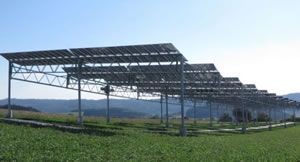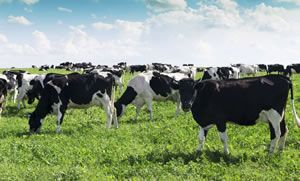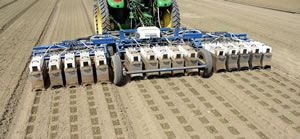Recent Innovations in Farm Equipment Allow for Increased Versatility: 11 Examples
To Boldly Grow: Innovations With Promise for Sustainable Agriculture
Future Meat Technologies Launches World's First Industrial Cultured Meat Production Facility
Silicon Valley-based FarmWise Collaborates With Roush To Manufacture Autonomous Robots In Michigan
Could Nanofarms Really Transform Agriculture?
NEW FACIAL RECOGNITION FEATURE LAUNCHED BY CONSUS FRESH
Introducing the lettuce peeling robot
Robots fight weeds in challenge to agrochemical giants
The Promise of Indoor, Hurricane-Proof 'Vertical' Farms
Luminescent Solar Concentrators for Greenhouses
Bay Area aerial imaging startup teams up to detect disease in crops before outbreaks
Combining solar panels and agriculture makes land more productive
Energy-efficient vertical farm to fight food poverty
World's first floating farm in the Netherlands
Lettuce-Weeding Robots, Coming Soon to a Farm Near You
Records 16 to 30 of 31
First | Previous | Next | Last
Featured Product


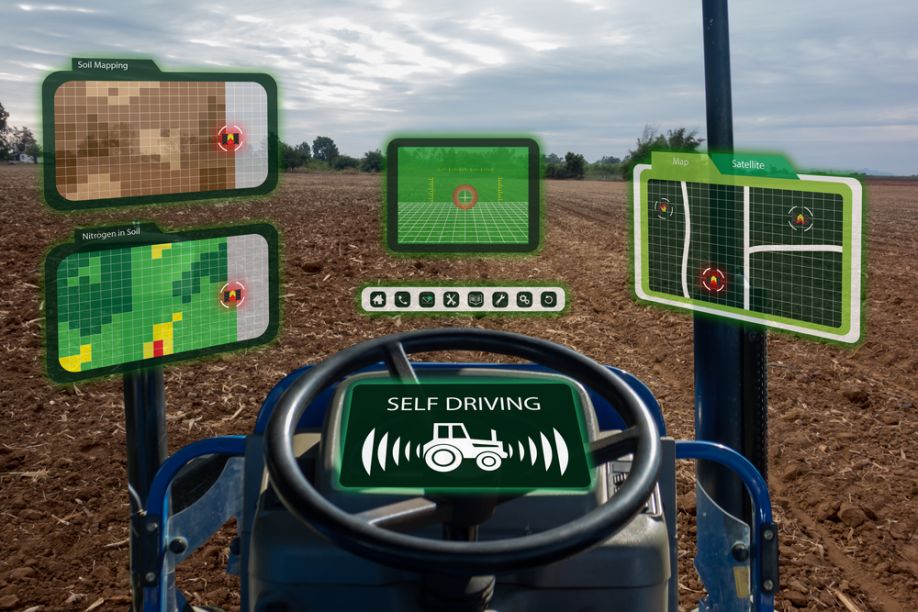
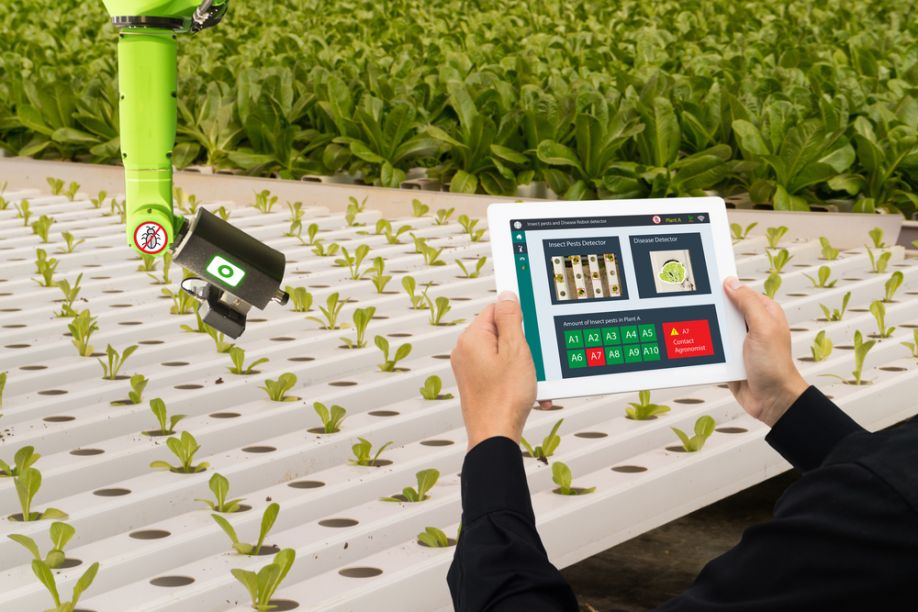
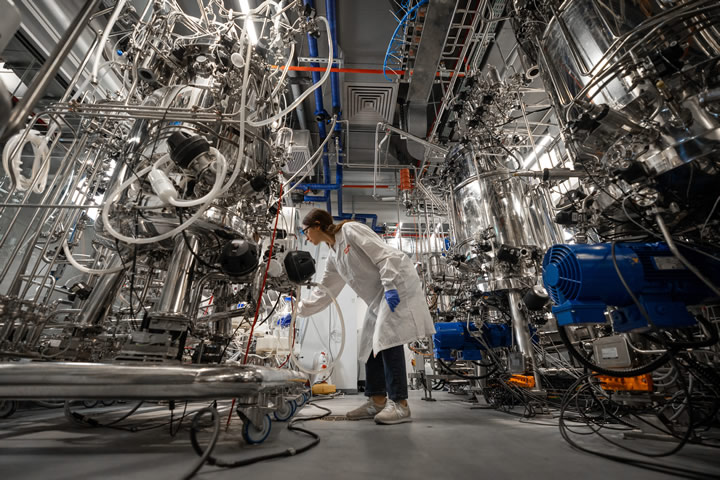
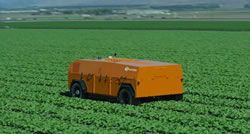

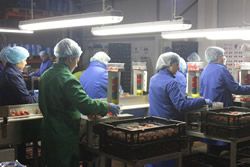



.png)

